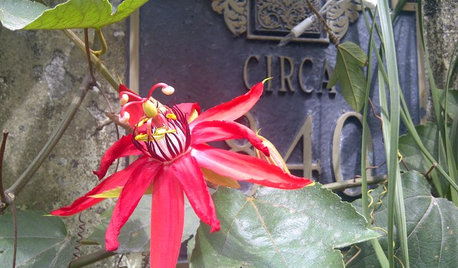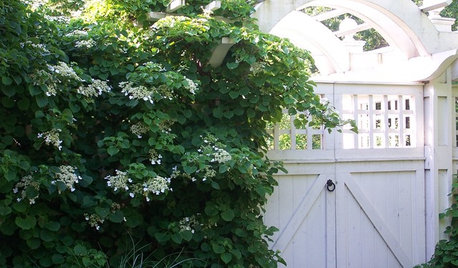Squash: which ones are bushes, vines, climb trellises?
knoxvillegardener
14 years ago
Featured Answer
Sort by:Oldest
Comments (11)
angela12345
14 years agoRelated Professionals
Danbury Landscape Architects & Landscape Designers · East Rancho Dominguez Landscape Architects & Landscape Designers · Tomball Landscape Architects & Landscape Designers · Brooklyn Center Landscape Architects & Landscape Designers · Frisco Landscape Contractors · Peabody Landscape Contractors · Cockeysville Landscape Contractors · Cockeysville Landscape Contractors · Fort Myers Landscape Contractors · Fruit Heights Landscape Contractors · Muttontown Landscape Contractors · Paterson Landscape Contractors · Riverhead Landscape Contractors · Thonotosassa Landscape Contractors · Hawaiian Gardens Landscape Contractorsangela12345
14 years agokeski
14 years agosusancol
14 years agoangela12345
14 years agosusancol
14 years agoknoxvillegardener
14 years agofarmerdilla
14 years agom_lorne
14 years agoSteveSteveSteeeve
11 years ago
Related Stories

EDIBLE GARDENSSummer Crops: How to Grow Squash
Almost foolproof and with cheerful flowers, squash comes in a wide range of varieties to plant in spring
Full Story
FLOWERS5 Sensational Flowering Vines for Warm Climates
Splash your garden with bright tropical color from late summer through fall with these showy trailing and climbing beauties
Full Story
LANDSCAPE DESIGNSee 5 Unexpected Ways to Use Vines
Vines can grow over slopes, trail off pergolas and add seasonal color to the garden
Full Story
CONTAINER GARDENSPatio-Perfect Berry Bushes Like You’ve Never Seen
Small enough for pots but offering abundant fruit, these remarkable bred berries are a boon for gardeners short on space
Full Story
GARDENING GUIDES6 Plants That Beat Butterfly Bush for the Wildlife Draw
It's invasive, a nonnative and a poor insect magnet. Check out these better alternatives to butterfly bush in the garden
Full Story
FALL GARDENING6 Deer-Resistant Flowering Vines to Plant This Fall
Have a major deer problem? Here are some of the only vines that have a chance of not being eaten
Full Story
EXTERIORSCare and Training for a Vine-Covered Home
Love the look but don’t want the ruin? Learn how to have vine-draped walls without all the cracks and crumbling
Full Story
FARM YOUR YARDIf You Have Room for Only One Summer Crop ...
Get an edible that’s long on flavor even if you’re short on space, with a long-time gardener’s favorite picks
Full Story
PLANTING IDEASGreat Garden Combo: Rose + Clematis for Small-Space Impact
We all need somebody to lean on. And when a rose supports a climbing vine, the results can totally transform a small garden
Full Story
FARM YOUR YARDHouzz Call: Show Us Your One-of-a-Kind Chicken Coops
Do you have a fun or stylish backyard shelter for your feathered friends? Post your pictures and stories in the Comments!
Full Story





m_lorne